Fieldwork
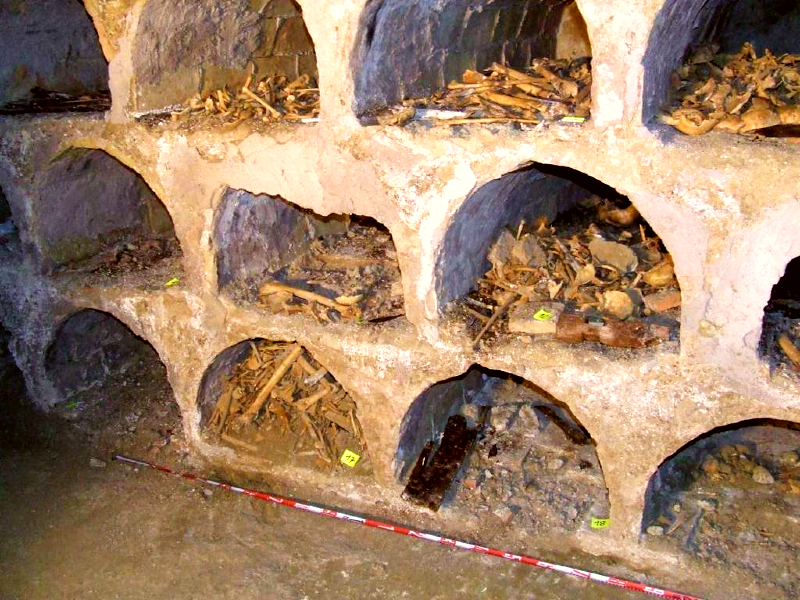
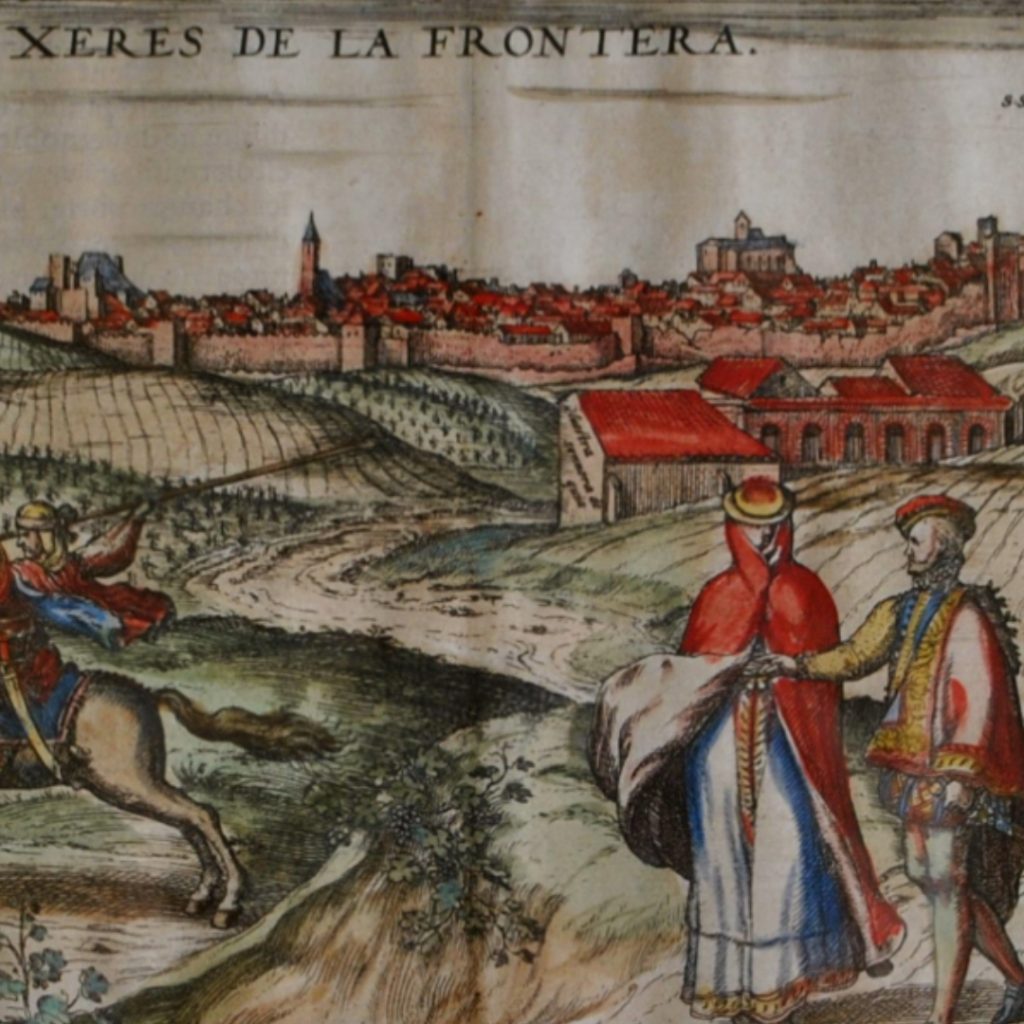
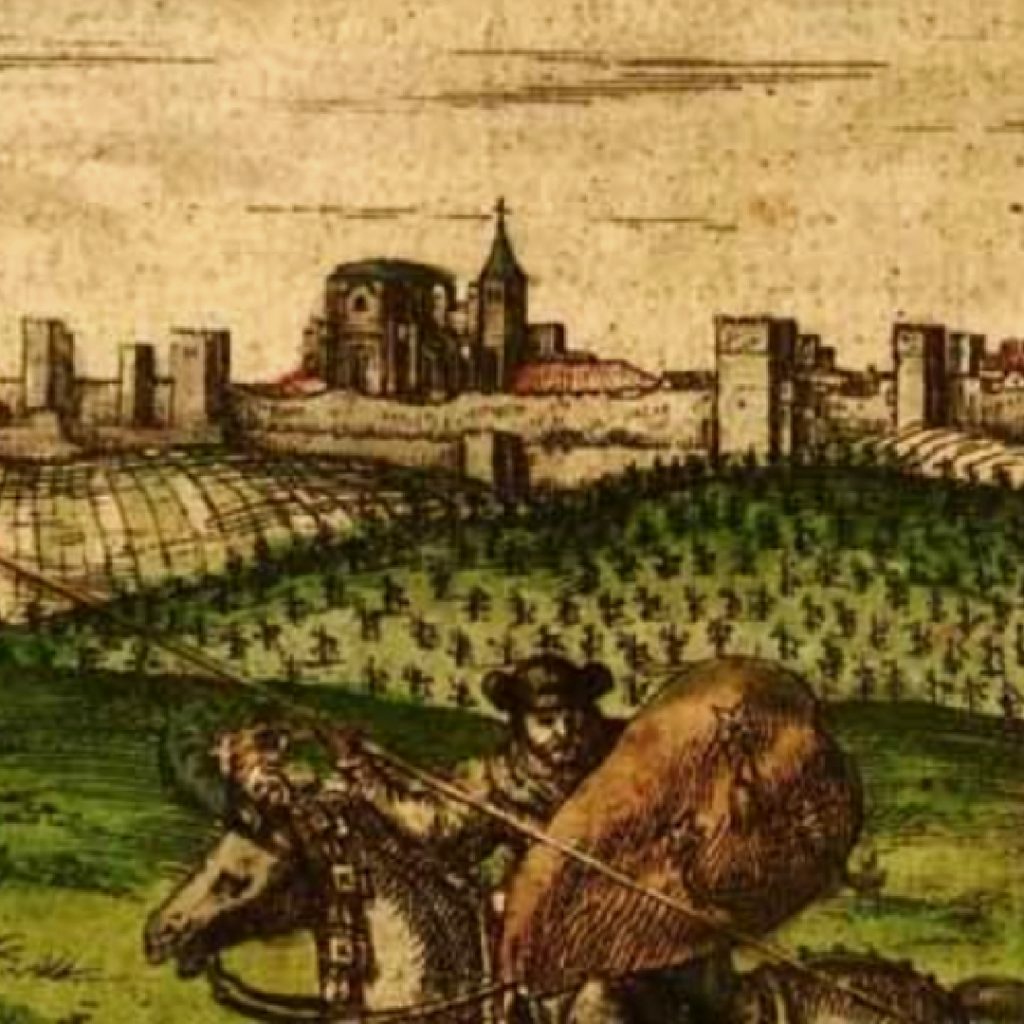
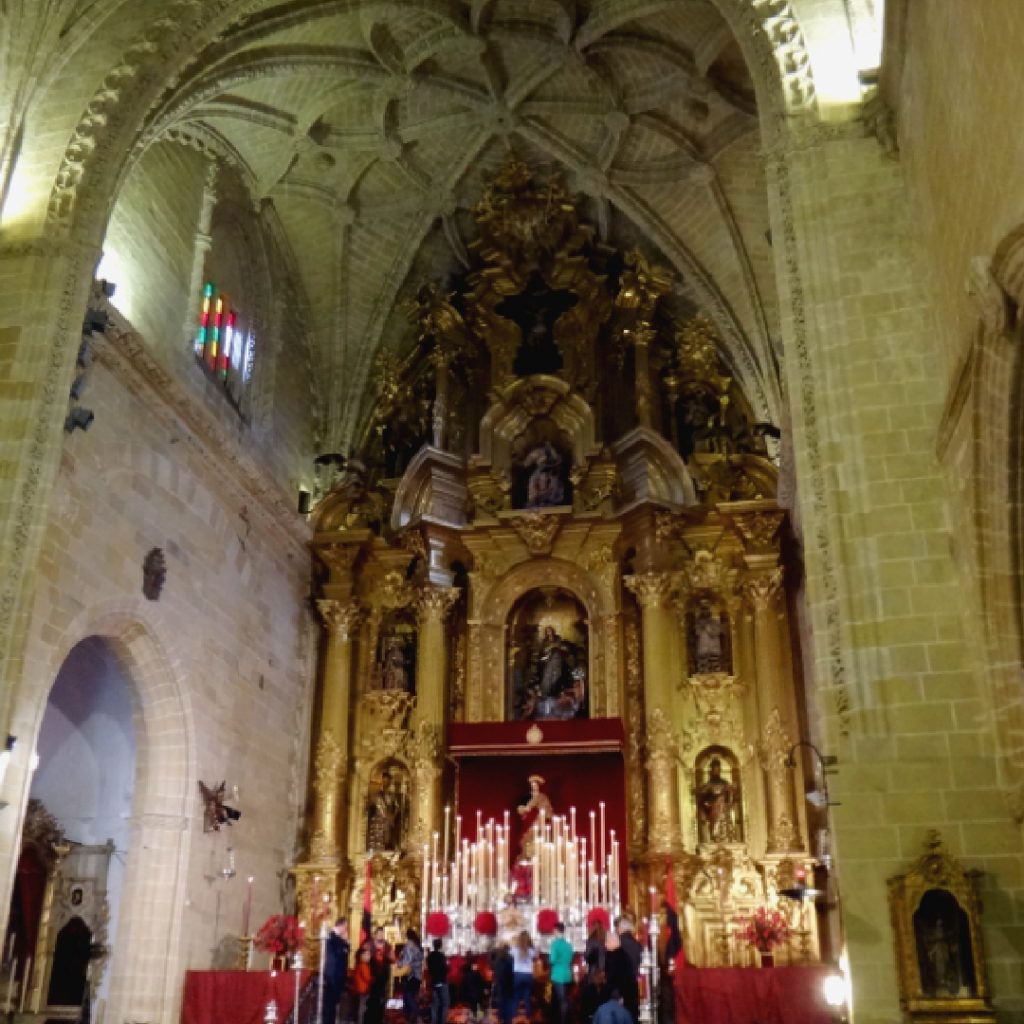
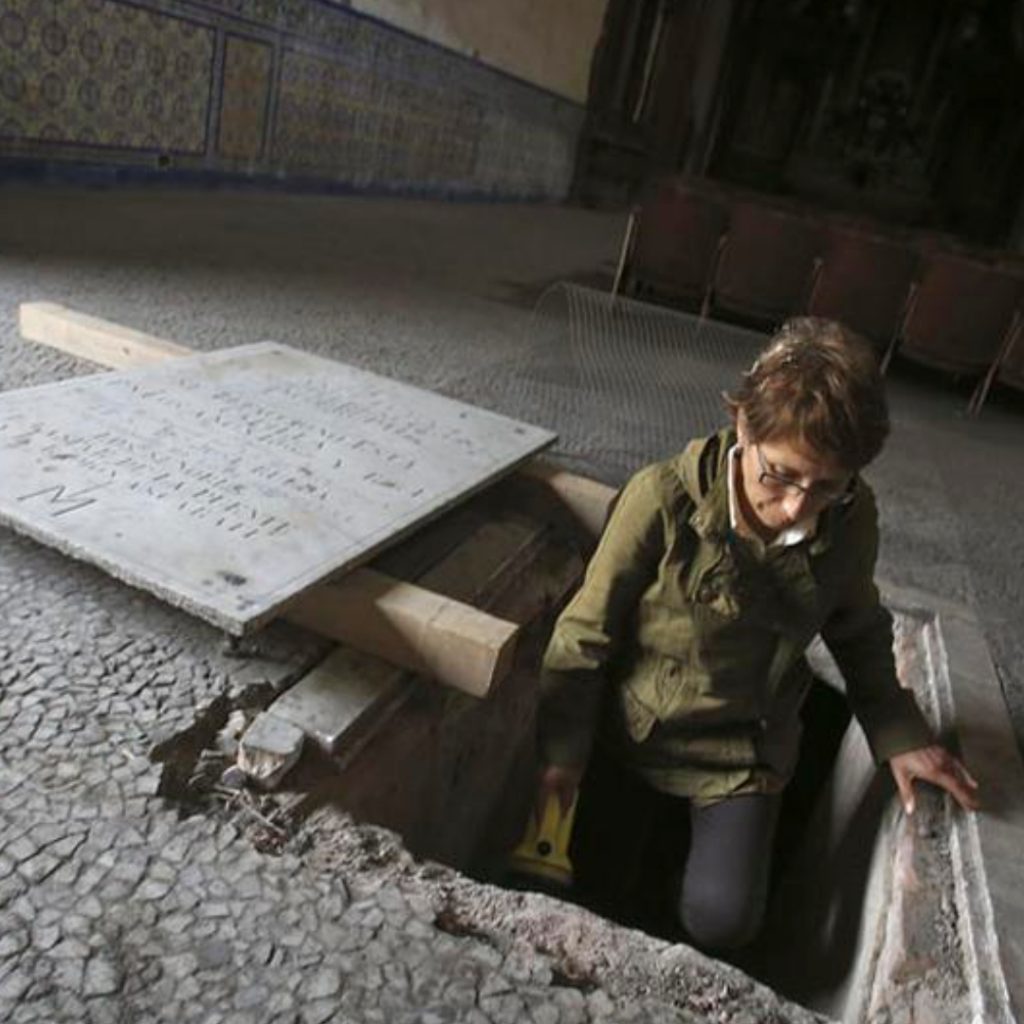
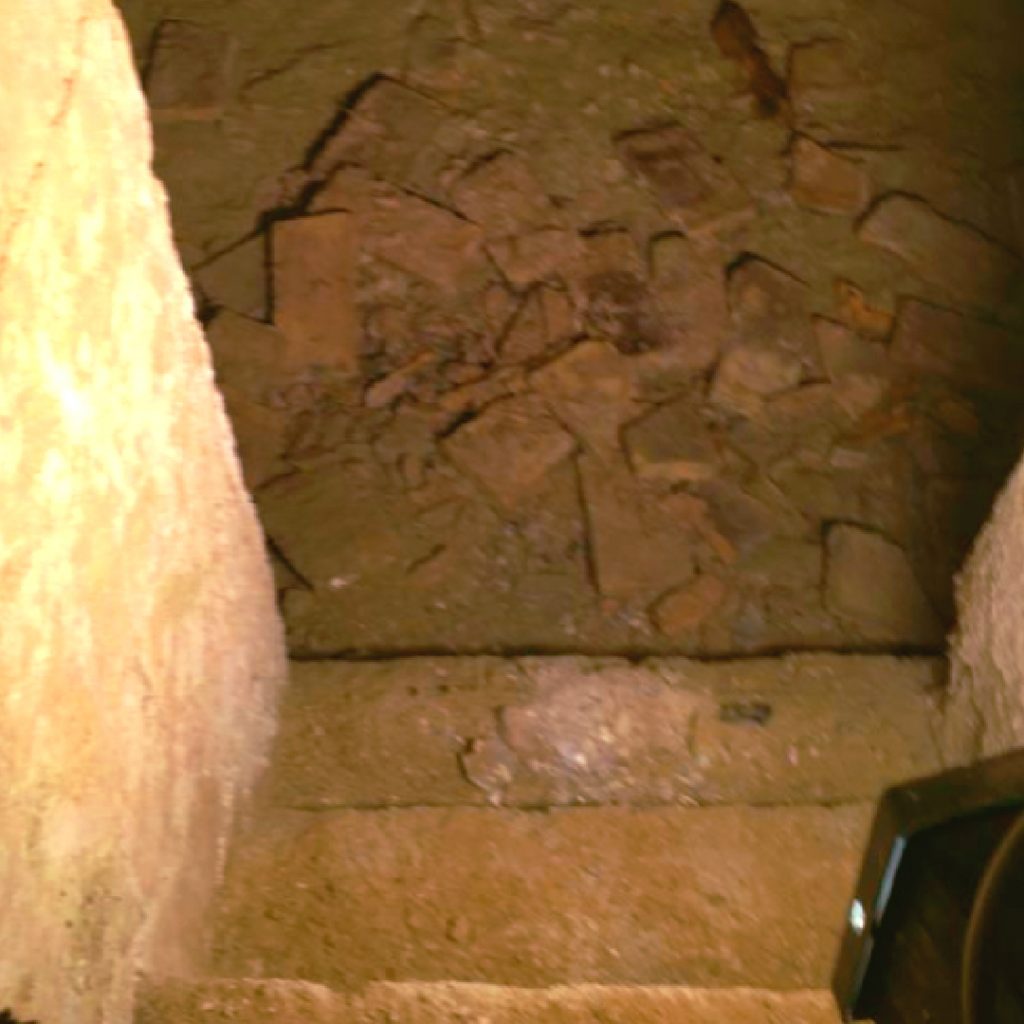
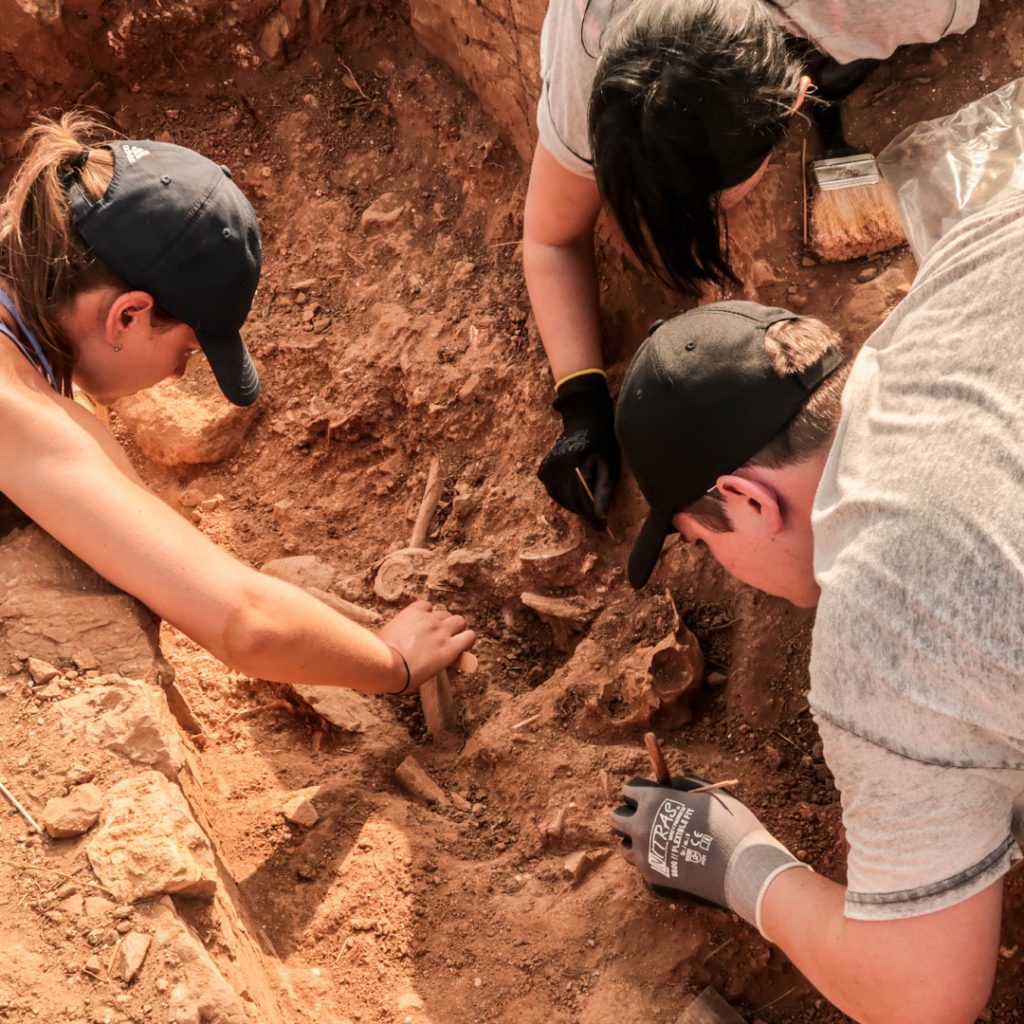
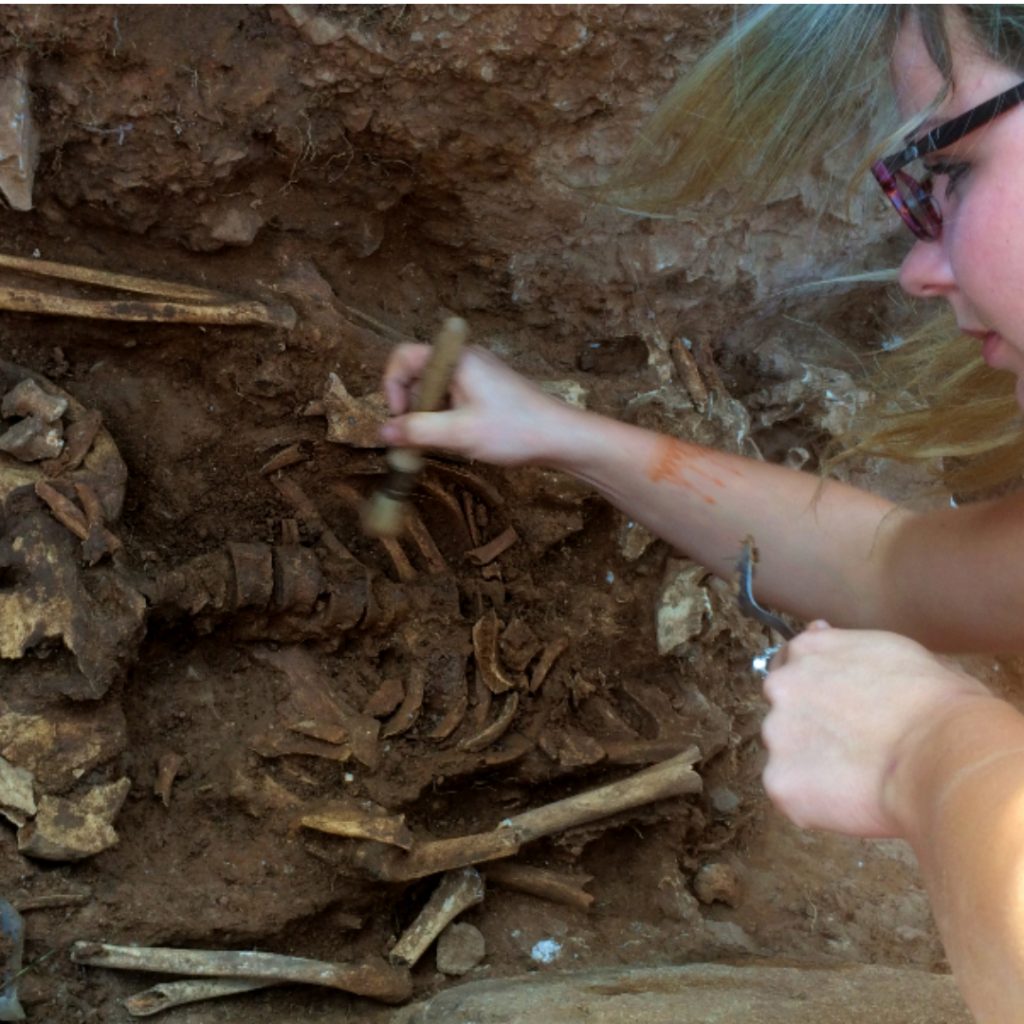
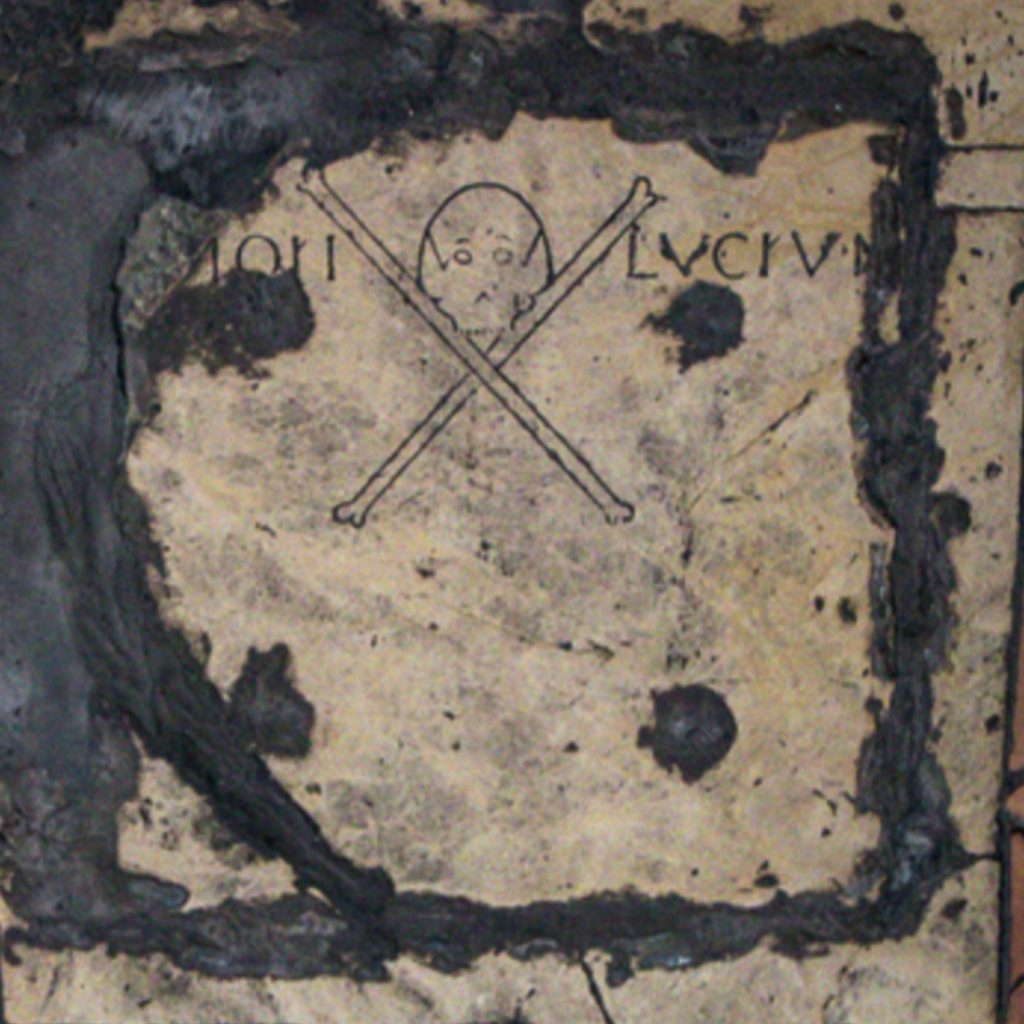
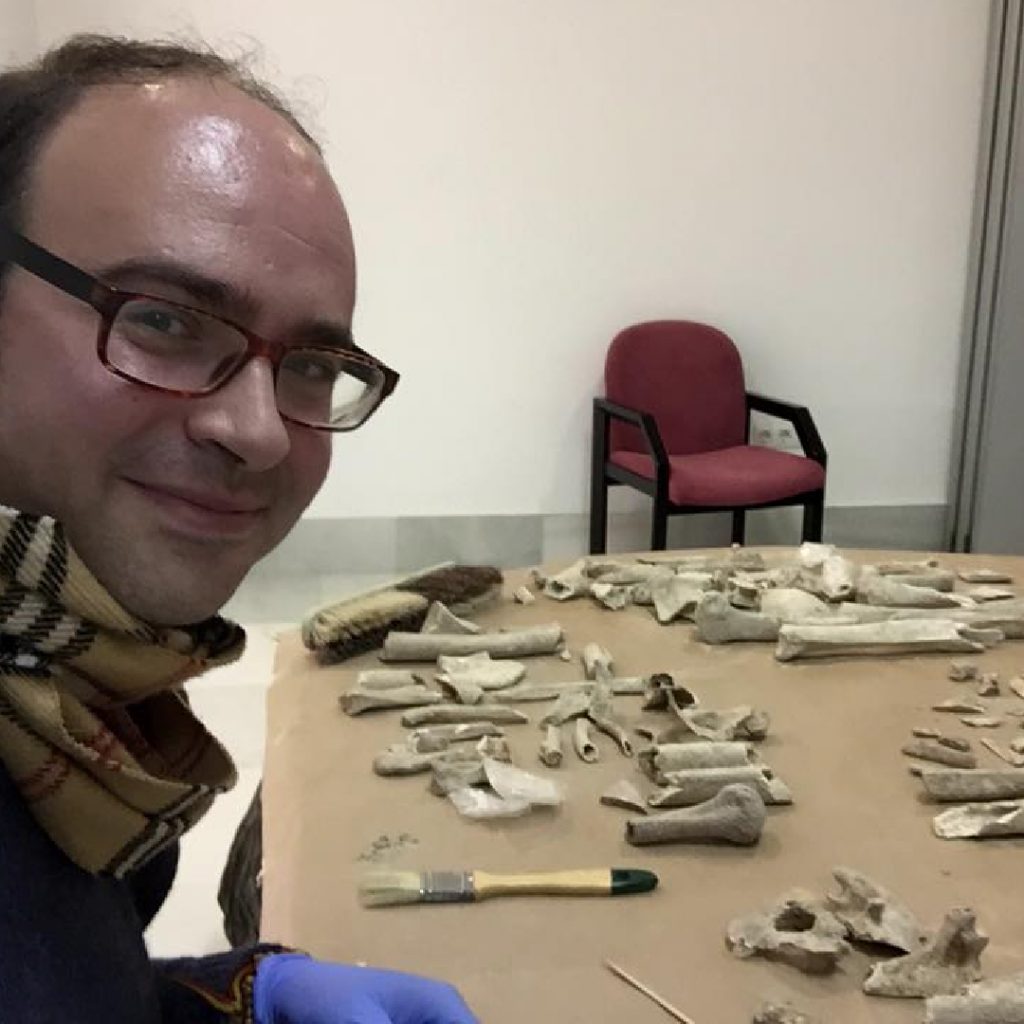
Location: Iglesia San Mateo, Calle Almendrillo, Jerez de la Frontera, Spain
Season: July 3, 2024 to July 30, 2024
Session Dates: Session #1 July 01 – July 14 $ 2500; Session #2 July 15 – July 28 $ 2500
Application Deadline: December 12, 2024
Deadline Type: Contact for Details
Website: http://archaeology.institute/053-bioarchaeology-and-mortuary-funerary-crypt.asp
Program Type:
Field School, Volunteer
RPA Certified:
No
Affiliation:
Sanisera Archaeology Institute for International Field Schools
Project Director:
Dr. Gonzalo Castro Moreno
Professional archaeologist specialized in bioarchaeology and physical anthropology, having directed more than 50 excavations in the province of Cádiz.
Doctor in History (2016, University of Cádiz). His doctoral thesis is specialized in bioarchaeology, "Funeral Archeology and Paleopathology of the religious population of Jerez in modern times: A first approach". Degree in History (2003, University of Seville) and Master in Archaeology and Heritage (2010, Cádiz).
Associate researcher at the Forensic Anthropology Paleonthology and Bioarchaeology Research Center (FAPAB, Sicily, Italy). Member of the Spanish Association of Paleopathology and of the Professional Association of Bioarchaeology.
His line of research focuses on projects of funerary and death archaeology during medieval and modern times. His studies in bioarchaeology have focused on the architectural spaces of crypts, cemeteries and churches.
Project Description:
The Sanisera Archaeology Institute for International Field Schools offers an annual international archaeology program. Since then it has organized courses for students who come from all over the world to study abroad and who are interested in bioarchaeology, mortuary, anthropology and osteology.
The San Mateo Church is one of the churches with the greatest architectural and artistic interest in the city of Jerez (Cádiz, Spain), founded during the medieval period, most of its building presents the typical Gothic architecture of the 14th – 15th centuries, with additions from the Renaissance and Baroque art.
The objective in this course of bioarcheological fieldwork will be to excavate the burial niches dating from the seventeenth century of the underground funerary crypt that belongs to the San Mateo Church. An old plan of the church basement confirms that the church basement houses a large number of burial tombs. This will be the first time this funerary crypt has been excavated.
In the period between the 16th – 18th centuries, the population that lived in the city of Jerez de la Frontera (Cádiz, Spain), was administered by neighborhoods, to which parish churches were assigned, which organized both the usual worship, like the system of burial of the faithful in cemeteries or underground crypts.
From the 16th century, the vast majority of Christian churches used their subsoils to bury the dead in individual tombs and in crypts to create sepulchral chapels that will house members of the same family or of the same brotherhood or community.
The crypts were very particular spaces, located in the underground area of Christian churches. To access them, one descended by stairs that were usually sealed by large slabs that blocked their entrance. The dimensions of the burial space in the crypts were very small and limited. For this reason, superimposed rooms were built in brick and mortar in the form of niches attached to the walls of the crypt vertically, arranged in rows to accommodate the largest possible number of deceased. The size of the niche was conditioned by the body dimensions of a single deceased.
The fieldwork focuses on funerary structures, specifically inhumation graves. Students will also participate in lectures on skeletal anatomy and pathologies, classes and exercises related to the course material.
Directed at
The study of burial practice using an architectural space such as the crypt, under a church, with burial forms in the form of niches, allows the archaeologist, and the student of this course, to know ancient customs and mortuary practices of the Christian temples from southern Spain between the 16th and 18th centuries.
If you are interested in studying anthropology or are already doing so in your school and would like to gain experience as a fieldwork volunteer excavating cemeteries and graves, this may be the best choice for you. This program accommodates participants with or without previous experience.
In the San Mateo Church, without much physical exertion, and due to the stratigraphic conditions, you easily find and excavate tombs and their contents. You will excavate tombs and learn anthropological techniques used to recover human remains and grave goods. In the biological anthropology laboratory, you will learn how to treat and classify bones and grave goods recovered from the necropolis.
This course is designed primarily for students interested in excavating human remains with fieldwork focusing on a mortuary cemetery. Time dedicated to laboratory work is less than excavation time, but students will learn the basics of anatomy.
After completing this program, the experience gained will enable you to decide if biological anthropology is the area of study best for you and if you would like to continue on with anthropology in your professional future.
Because this course is specifically centered on biological anthropological concepts, this course is limited to 8 participants in order to best assimilate and apply anthropological concepts.
What you will learn
In the Fieldwork:
In the Laboratory
Theory
Field School life & language
The fieldwork runs 7 hours a day with time dedicated to both excavations, the study of human osteology by the analysis of the skeletal remains and laboratory work.
For every seven course days there are two days off.
Participants will learn and apply excavation techniques used in biological anthropology during fieldwork. In the laboratory, participants will follow guidelines set by an anthropologist and other specialists for the classification, study, and conservation of skeletal remains and other related material found.
Participants will also be given lectures on methodology, archaeology, human osteology and classification of archaeological materials.
The course is taught in English.
Sessions & Cost
| Sessions | Dates | Cost |
| Session #1 | 2024 | July 01 – July 14 | $ 2500 |
| Session #2 | 2024 | July 15 – July 28 | $ 2500 |
Elementary information:
https://linktr.ee/sanisera
Period(s) of Occupation: The mortuary fieldwork of San Mateo provides all the archaeological documentation necessary for the student to acquire enough training and experience in all aspects surrounding an excavation of the modern centuries from the 16 century to the 18 century.
Notes:
Certificates - At the end of the Field Program, students will receive a certificate of participation stating the hours and activities of the course. Participants that perform exceedingly well in the course may receive a letter of recommendation from our organization upon request.
Project Size: 1-24 participants
Minimum Length of Stay for Volunteers: 14
Minimum Age: 18 and young students between 16 and 18 years old can apply with special permission from their parents.
Experience Required: Previous knowledge or experience in archaeology.
Room and Board Arrangements:
Course fee
• Course tuition.
• Accident insurance at the San Mateo Church (Jerez, Cádiz)
• Certificate of participation.
• Accommodation in the Student Residency (Jerez, Cádiz, Spain).
• Free daily access to the San Mateo Church. Place where the laboratory practices will be done.
• In case of needing to process Schengen Visa the mandatory letter of invitation will be written so you can travel.
Airfare not included from the student home to/from Spain.
Meals are not included, although we will recommend some cafés and restaurants that do not exceed the average of 20 € /day in meals.
Entry tickets to museums and historical buildings are not included either.
Academic Credit:
http://archaeology.institute/sanisera-archaeology-institute-petition-for-credits.asp
Fernando Contreras Rodrigo
Apdo. 68
Es Mercadal
Spain
07740
Spain
Phone: +34 608894650
The AIA is North America's largest and oldest nonprofit organization dedicated to archaeology. The Institute advances awareness, education, fieldwork, preservation, publication, and research of archaeological sites and cultural heritage throughout the world. Your contribution makes a difference.